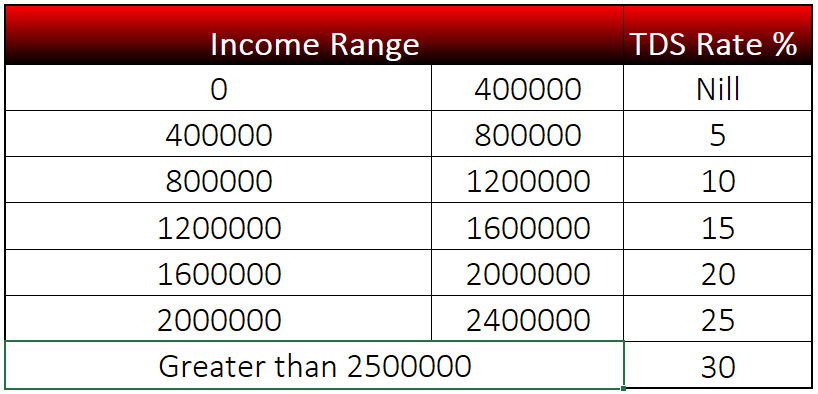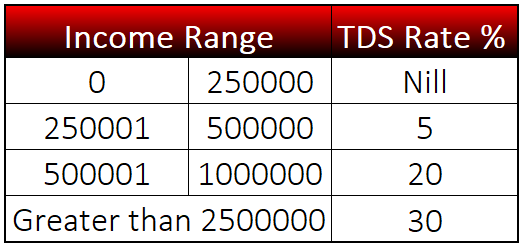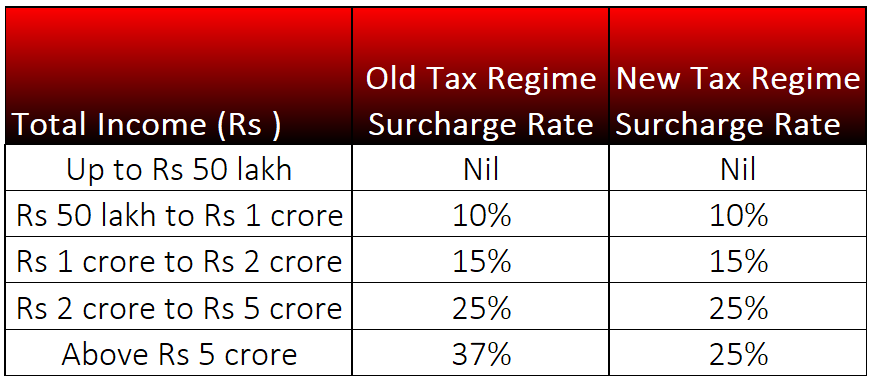In the Union Budget 2025, Some important revisions were introduced to India’s income tax structure, mainly in the new tax regime for the financial year 2025-2026 .
The government has revised the tax slabs under the New Tax Regime. However, no changes have been made to the slabs and taxation rates under the old regime. These amended tax slab rates will apply to income earned beginning in the FY 2025-26
These changes have come into effect from 1st April.
The effective tax exemption limit has been raised to Rs 12 lakh from Rs 7 lakh.
Here will discussed about the Old and New Tax Regime
New Tax Regime Slab for FY 2025-2026

Key Features of the New Tax Regime:
Tax Rebate (Section 87A): The rebate has been increased to ₹60,000. For salaried individuals standard deduction of ₹75,000 now the threshold extends to Rs 12.75 lakh.
Increased Basic Exemption Limit: The basic exemption limit has been increased from Rs 3 lakh to Rs 4 lakh.
Standard Deduction: A standard deduction of Rs 75,000 is available for salaried individuals
Employer’s NPS Contribution: Employer contributions to the National Pension System (NPS) are allowed up to 14% of the basic salary.
Default Regime Status: The new tax regime continues to be the default option, though taxpayers can opt for the old regime.
Old Tax Regime Slab for FY 2025-2026
The old tax regime retains the following slab structure for individuals below 60 years of age:

Surcharge Rates for FY 2025-2026
In the Indian income tax system, a surcharge is an additional charge levied on the income tax payable by individuals whose total income exceeds specified thresholds. For the Financial Year Financial Year 2025-2026, the surcharge rates under both the old and new tax regimes are as follows:

Can we switch from new to old tax Regime
Yes, you can switch between the new and old tax regimes, but the rules vary depending on your income type. If you’re a salaried individual, you can choose between the old and new tax regime every financial year. This means you have the flexibility to evaluate both regimes annually and pick the one that gives you the most tax savings.
However, if you’re self-employed or have business income, the rules are stricter. You can switch from the old regime to the new regime only once, and if you later want to go back to the old regime, you cannot choose the new regime again in future years (unless your business income ceases).
So, it’s important to make your decision carefully by comparing both regimes. The old tax regime allows you to claim various deductions and exemptions like HRA, 80C, 80D, etc., while the new regime offers lower tax rates but no exemptions.
If you’re not sure which regime is better for you, using an online tax calculator or consulting a tax expert can help you make the right choice.
For individuals salaried person will get the option while doing their personal Income tax Return means employee can switch the tax regime on during personal income tax return on income tax portal.


Свежие xxx-платформы предлагают инновационный контент для развлечений для взрослых.
Откройте для себя безопасные новые
платформы для современного опыта.
My web blog; oboi ru
It’s remarkable to pay a visit this web site and reading the views of all friends about this article,
while I am also zealous of getting knowledge.
Seksuele inhoud is breed beschikbaar op speciale platforms voor volwassenen.
Kies voor veilige sites voor veiligheid.
Review my webpage: gia derza feet comment now (https://Ipanemaflipflops.Co.uk/)
284601 351958I gotta bookmark this website it seems extremely valuable extremely valuable 435915
390328 78660Music began playing anytime I opened this site, so irritating! 474081
310418 663917Some genuinely wonderful information , Gladiola I detected this. 509676
776226 932187This internet website could be a walk-through for all of the details you wanted in regards to this and didnt know who to question. Glimpse here, and youll definitely discover it. 883406
559217 418683Dude. You mind if I link to this post from my own website? This really is just too awesome. 292368